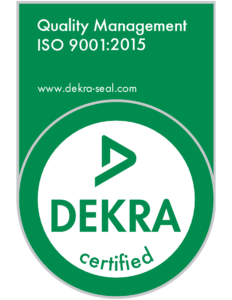Setting up process limits for ultrasonic welding involves establishing acceptable ranges for various welding parameters to ensure consistent and reliable weld quality. The following steps can be taken to set up process limits for ultrasonic welding:
- Determine the critical weld parameters: Identify the key welding parameters that are critical to the success of the welding process. These parameters may include amplitude, pressure, welding time, and temperature, among others.
- Establish acceptable ranges: Determine the acceptable range of values for each critical parameter. This can be done by performing a statistical analysis of previous welding data, conducting experimental trials, or consulting industry standards.
- Monitor and record welding data: During the welding process, monitor and record the values of each critical parameter. This can be done using a variety of sensors, such as force sensors, temperature sensors, or displacement sensors.
- Compare data to established limits: Compare the recorded values of each parameter to the established process limits. If the values fall within the acceptable range, the welding process is considered successful. If the values fall outside the acceptable range, corrective action should be taken to adjust the welding parameters and bring them back within the acceptable range.
- Continuously monitor and adjust process limits: As the welding process continues, monitor and adjust the process limits as needed to maintain consistent and reliable weld quality.
By setting up process limits for ultrasonic welding, manufacturers can ensure that the welding process produces high-quality welds that meet the required specifications. This helps to improve overall product quality and reduce the risk of defects or failures.
If you need help setting up the proper process controls for your ultrasonic welding machine, contact Trinetics Group at 321-622-8584 to talk to our subject matter experts.

